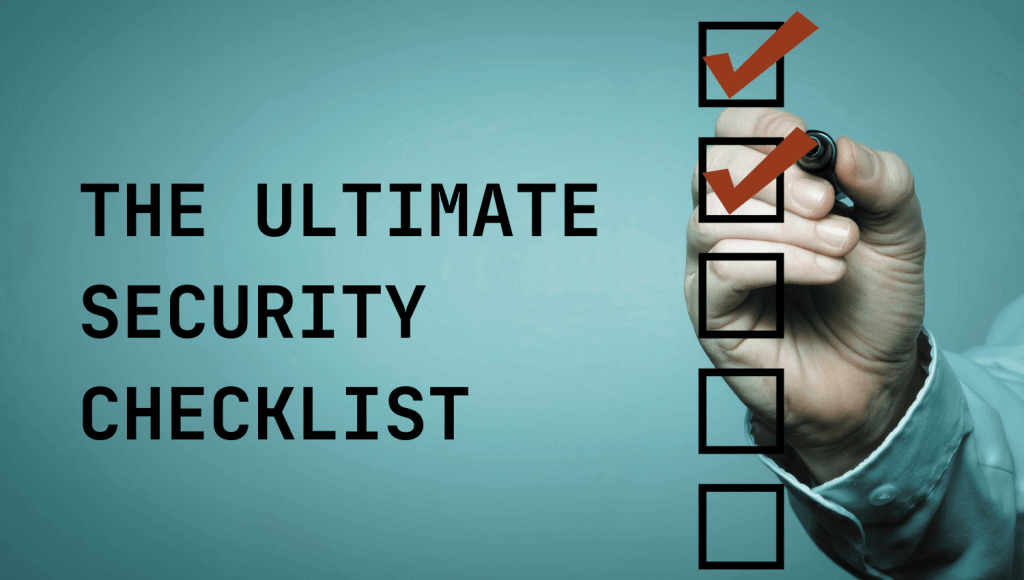The world is changing constantly and starting from 2019 it just went wild. Being a part of working from home culture has lulled a lot of companies into a false sense of security. But the thing is that COVID-19 hasn’t slowed down cybercriminals.
Business security is always an ongoing effort that requires not only deep research and implementation but constant monitoring and support. Taking a look at this security checklist can save your business time, money, and reputation.
Documentation
Let’s be honest – creating documentation is a painful, time-consuming, and even boring process. But it plays an essential role in reducing the potential risks of cyberattacks. Defining the requirements for proper use of the company systems and making employees aware of what actions are considered acceptable or unacceptable is a crucial step in a business management process for every company. So make sure to get everything in order before you need it. Create and write down the document policies, considering the following:
• Password construction guidelines
• Password protection policy
• Emails and messengers policy
• Remote working policy
• Internet usage policy
• BYOD (bring your own device) policy
• Incident recovery policy
For further guidance and more comprehensive lists, look through the SANS Security Policy Templates.
Security training
Human error is the most powerful way for criminals to get access to valuable data. That’s why educating and training your employees is still one of the biggest steps to protect your company’s security. Don’t know where to start? Here are some security awareness topics for employees to cover:
• Passwords and authentication
• Social networking dangers
• Data management and privacy
• Email scams
• Safe internet browsing
• Malware awareness
• BYOD and mobile security
• Clean desk policy
Tools
The cyber threats continue to evolve, so the tools you use to protect your company should evolve too. Invest in productivity tools that make security the easiest thing to do. Here is the list of basic tools to protect your company:
• Antivirus software
• Password managers
• Firewalls or next-generation firewalls (NGFWs) with Intrusion Protection (IPS)
• DNS (Domain Name Service) protection
• Cloud-based security
💡 Always remember to update the software when options are available.
Monitoring
If you already have defined policies and all steps of this security checklist are covered, make sure they are still relevant and up-to-date.
• Review and audit employee access
• Revoke access that is no longer needed
• Award the most active security contributors
• Provide review sessions and security workshops with interactive tasks or gamification
Cybersecurity is a critical part of your everyday business management. Finding the right resources to protect your company’s assets and supporting them after is a must. So don’t forget to schedule regular time slots throughout your working process to review security documentation, workshops, tools, and make improvements. Stay safe!
